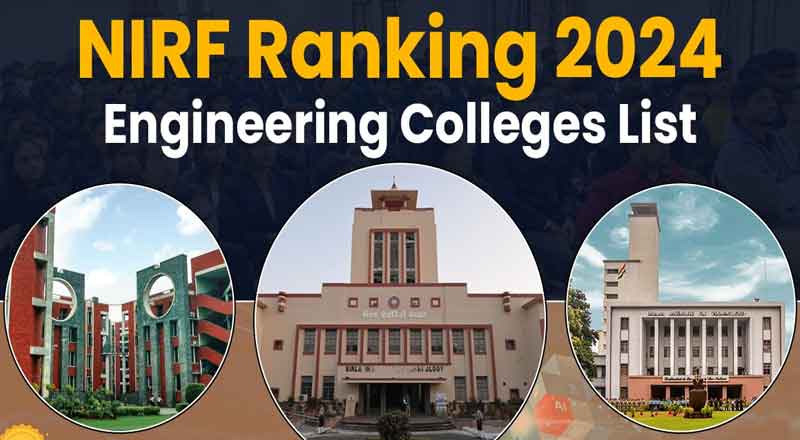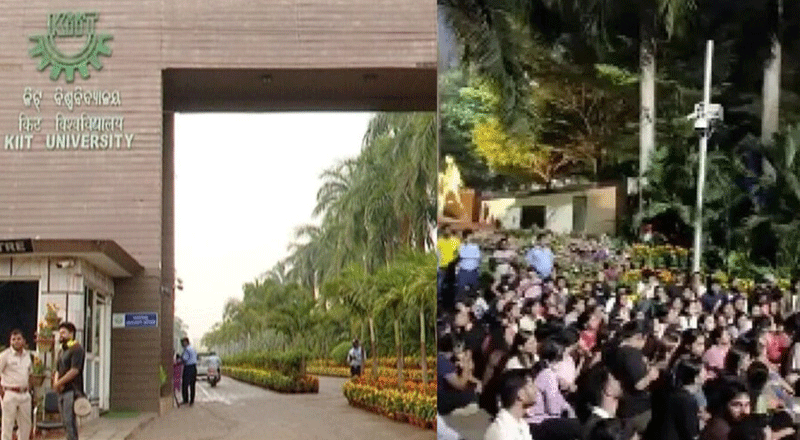The Ministry of Education has announced the National Institutional Ranking Framework (NIRF) 2024 results, showcasing India’s top higher educational institutions across 16 categories. This year’s rankings mark the ninth edition of the NIRF, with the Indian Institute of Technology Madras (IIT-Madras) continuing its reign at the top of both the engineering and overall categories.
In the university rankings, the Indian Institute of Science (IISc) Bengaluru has claimed the top spot, reaffirming its position as India’s leading research-oriented institution. Jawaharlal Nehru University (JNU) and the University of Delhi (DU) have also been recognized among the best universities in the country.
This year, the NIRF has introduced three new categories: open universities, skill universities, and state-funded government universities. Additionally, the All India Council for Technical Education (AICTE) chairperson, Anil Sahasrabudhe, announced plans to introduce ‘sustainability rankings’ from next year, reflecting a growing emphasis on environmentally responsible education.
The evaluation criteria for the rankings have been updated this year, with changes including a modification in the faculty-to-student ratio, now set at 1:10 for medical institutes and adjusted to 1:20 for state government universities. Institutions are assessed based on five broad parameters: Teaching, Learning, and Resources (TLR), Research and Professional Practice (RP), Graduation Outcomes (GO), Outreach and Inclusivity (OI), and Perception (PR).
IITs continue to dominate the engineering and overall categories, while IISc Bengaluru, known for its research excellence, has been named the top research institution, surpassing IIT Madras in this category. Professor V. Kamakoti, Director of IIT Madras, highlighted the challenges of balancing teaching and research, stating, “Unlike IISc, we are a more teaching-oriented institution. IISc is more research-oriented. If I want to compete with IISc on the research front, I have to reduce the teaching load of the faculty and that will happen only if I have more faculty.”
This year’s NIRF rankings saw a record participation of 10,885 higher education institutions, nearly doubling the number from last year. The growing interest in the rankings reflects the increasing importance placed on institutional performance and reputation in India’s higher education landscape.





